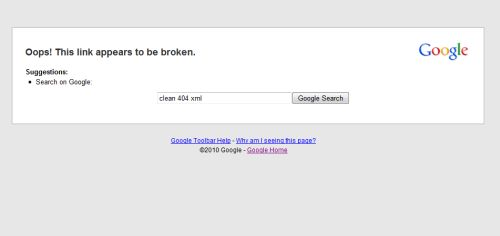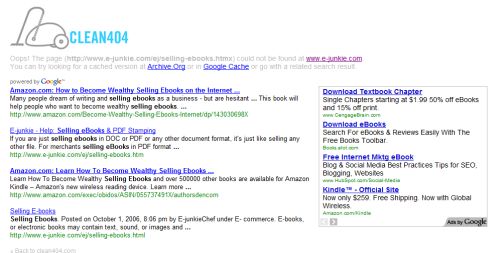I wrote about the Standard Chartered IDR yesterday, and I thought I’d supplement that post with a little more detail about IDRs, since this is the first IDR ever, and there will probably be many more to come in the future.
What is an IDR?
IDR stands for Indian Depository Receipts, and Standard Chartered is the first company to come out with an IDR. StanChart derived 12% of its income from India in 2009, and India contributed $1.06 billion of its $7.23 billion operating profit last year, and that may have something to do with this first.
An Indian Depository Receipt is a way for a foreign company to raise money in India. The foreign company deposits its shares with a custodian, and then the custodian issues depository receipts based on these shares. To that extent, IDRs are derivative instruments because they derive their value from the underlying shares. In this case, Standard Chartered Bank, Mumbai is the domestic depository, and it has appointed Bank of New York, Mellon as its overseas depository.
Dividends related to IDR
For this particular issue, 1 IDR stands for one-tenth of a share, and any dividend declared by Stan Chart will be apportioned according to your IDR holdings, and distributed to you by the depository.
The same is true for Rights issues also. If Stan Chart announces a rights issue, you will have rights, similar to stocks, and there will be a price set in Indian rupees that you can pay to get into such issues.
If you are interested, then you have voting rights too, but there is no such thing as a tenth of a vote, ten IDRs will count towards one vote, 20 as two, and so on and so forth.
Taxation related to IDR
This is an interesting aspect because as I understand it, the current tax provisions put IDRs at a distinct disadvantage when compared with other common stocks.
For starters, dividend tax will be assessed at 30% (plus 10% surcharge) on all the dividends you get from these IDRs. Investors don’t need to pay any dividend taxes on other common stocks in India. The dividend taxes are paid by the company itself, and then the investor doesn’t have to pay any tax on it.
Next up, short term capital gains. On Indian stocks, the short term capital gains is charged at 15% plus surcharge, however in the case of IDRs, the short term capital gains will be charged at 30%.
Similarly, there are no long term capital gains on stocks in India, but in the case of IDRs – investors will need to pay a 20% long term capital gains plus 3% surcharge on IDRs.
That is a pretty significant hit right there, when compared with other stocks. There is one important point relating to these taxes, and that is the Direct Tax Code, which is expected to be implemented next year. That will change a lot of things, and by the time you think about selling these IDRs, the tax situation might look completely different.
The other thing about this is that these IDRs will not attract any Securities Transaction Tax (STT), which is a good thing, but my guess is that it isn’t that big a deal.
If someone has a different understanding, is an expert in this area, or just has an opinion – I’d love to hear your views about the tax implication on IDRs.
Listing gains related to IDR
This is another interesting aspect related to IDRs. The way they are being sold is quite similar to an IPO, and most Indian investors interested in IPOs are looking to cash out in the first few days of listing, and hope that the IPO lists at a significant premium to the issue price.
I don’t think this is going to be the case for IDRs because the company already has stock trading in other markets (in Stan Chart’s case – UK and Hong Kong), and there are players like hedge funds who will arbitrage on the price difference in the various markets and make sure the IDR doesn’t run away in price. Unless something happens that influence the stock price between the issue time and listing time, there may not be much in the way of listing gains.
So, there you have it, a summary of the important points of IDRs. For now, I think the tax implication is the most important when thinking about investing in IDRs, but that will probably change in the next few months with the Direct Tax Code kicks in, and the playing field levels out.


